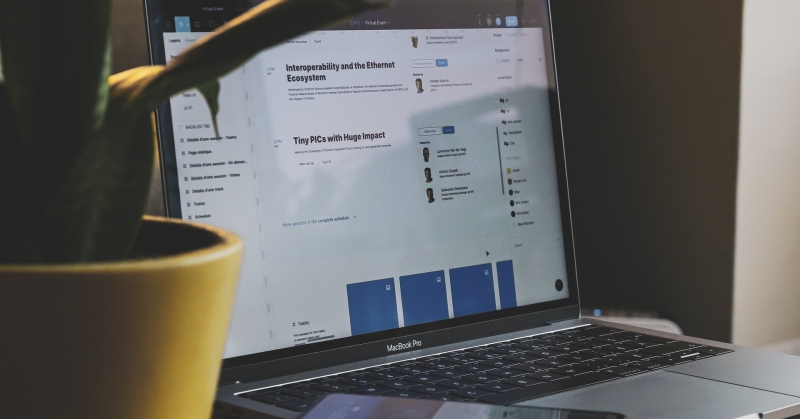Choosing the right channels for your industry and target can sometimes be tricky. That’s why you need to carefully consider how much time and effort you will be able to put into them and also how to prioritize them – as we all know, your resources aren’t infinite.

The first thing you need to do is to see what they offer and, because no channel is perfect, what are the disadvantages for each of them. In general, it helps to use a mix of digital channels so as to make sure your efforts are not in vain and that you build a strong online presence.
Types of channels you can use
-
Content Marketing: Blogs, Platforms, Guest Posts
-
Search engine optimization (SEO): On-page & Off-page
-
Social Media Marketing: Facebook, Instagram, Twitter, Pinterest, Linkedin, TikTok
-
Paid Social: Ads on Social Media Platforms
-
Display Advertising: Banners ads on high DA websites
-
Cold Email Outreach Marketing
-
Influencer Marketing & PR
-
Inbound Marketing: Marketing Automation & Funnel Optimization
Let’s take a look at what they have to offer:
SEO (Search Engine Optimisation)
The process of boosting the quantity of organic (or free) traffic to your website by optimizing it to "rank" higher in search engine results pages. Websites, blogs, and infographics are among the mediums that profit from SEO. Simply put, it focuses on the key words users might type when inquiring about issues connected to your product / service or options of product they could buy.
PROs: it helps your content be more easily found by users, its advantages are more long lasting than pay-per-click
CONs: it’s a long-term investment, most times it may require you to work with an agency, the competition on certain key words is very high
Content Marketing
It refers to the production and marketing of content assets in order to increase brand exposure, traffic, lead generation, and customer acquisition. Examples:
-
Articles on a company blog (they drive organic search traffic to your website, you use them in your social media channels, they help you get more leads, they contribute to educating your audience etc)
-
Ebooks and whitepapers (they can help you trade content for a reader's contact information, creating leads)
PROs: it helps you get credibility, it humanizes your brand, it positions you as a consultant as well as a supplier, it raises awareness
CONs: usually it requires a lot of work, content creation & promotion costs (video included), its effects are long term
Social Media Marketing
It means using social media to promote your brand and content in order to raise brand recognition, drive traffic, and create leads for your company. You can utilize different channels for social media marketing: Facebook, Twitter, LinkedIn, Instagram, Snapchat, Pinterest etc.
PROs: it's a great creative space (most platforms offer a wide range of formats & tools to use), they're part of our everyday lives (your audience is probably already there), social media can be a great medium to raise awareness, engage and bring people together, network
CONs: it requires focus and resources for content creation, the organic reach is dropping on most platforms, prioritising channels may be confusing
Other things to consider:
-
Your positioning, branding and messages, tone of voice, human approach
-
It most times needs a community component – interaction, moderating etc
-
It’s a long-term aim, it requires consistency
-
Attention to the quality of your posts
Pay per Click
PPC is a strategy of increasing website traffic by paying a publisher each time your ad is clicked.
-
Paid Facebook ads
-
Google Ads is one of the most prevalent forms of PPC. It allows you to pay for top spots on Google's search engine results pages by
-
paying "per click" for the links you set
-
Twitter ads
-
LinkedIn
PROs: you can target specific demographics / interests, it can boost your reach and help you get more interaction & leads, high ROI, measureable results, remarketing possibilities
CONs: overall costs, campaign setting is resource consuming, most times it requires you to work with an agency, short-term impact, competition, you need to experiment a bit before getting results
Affiliate marketing
This is a sort of performance-based advertising in which you get compensated for promoting the products or services of others on your website / you work with specialized agencies that use influencers and other websites to bring you leads.
Affiliate marketing allows anyone to earn money by advertising the products and services of others. You might be the promoter or a company that collaborates with the promoter, but the process is the same in both cases. It operates on a revenue-sharing basis. If you're an affiliate, you'll get paid every time someone buys the product you're promoting. You pay the affiliate for every sale they assist you to make if you're the merchant.
PROs: you can engage communities interested in the type of product or service you offer, it supports lead generation
CONs: overall costs, less control over the messages leading to your website, maintenance efforts
Email marketing
The idea behind email marketing is simple: you send a promotional message to your prospect and hope that they click on it. The execution, on the other hand, is not always that easy.
PROs: low costs, support in maintaining a relationship to prospects/former clients, easy to track & measure results
CONs: relatively low open rate, users tend to be overwhelmed by the amount of promotional emails
Things to consider
-
Building a relevant database
-
Setting clear expectations about the content you are going to send subscribers + a simple, transparent way to unsubscribe
-
The content, the subject line
-
Helping subscribers consider your emails a valuable service rather than just a marketing tool
Whatever mix of channels you will choose, there are 10 essential rules that will help you in getting closer to the people you want to reach:
1. Build your unique positioning & messaging
2. Build your buyer personas.
3. Identify your business goals & marketing goals
4. Prepare the list of digital marketing tools you'll need.
5. Evaluate your existing digital channels that work for you
6. Audit and plan your owned media campaigns.
7. Analyzing your digital marketing strategy’s past success and failures
8. Identify Your Means (& Stick to Your Budget)
9. Measure and monitor the performance of your digital marketing strategy and to change elements where needed.
10. Setup Inbound Marketing
11. Understand the Digital Sales Funnel
12. Focus on Blogging
13. Focus on Mobile Optimization & SEO Friendly Content























